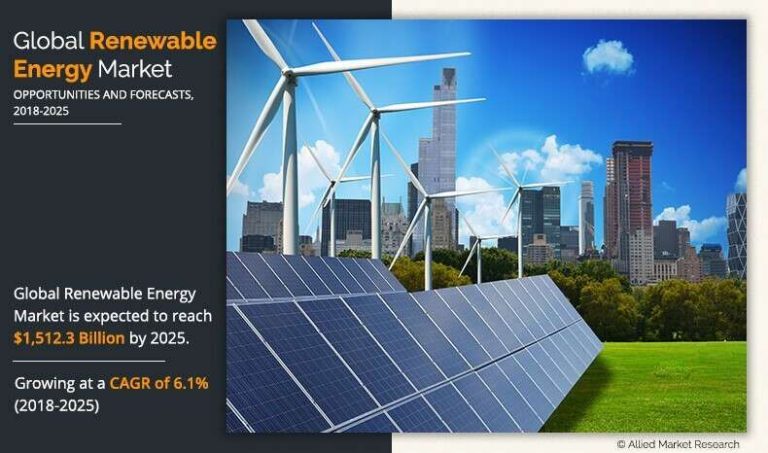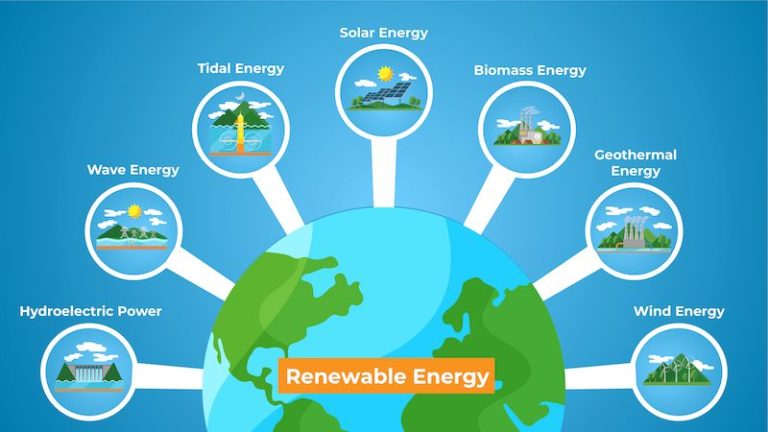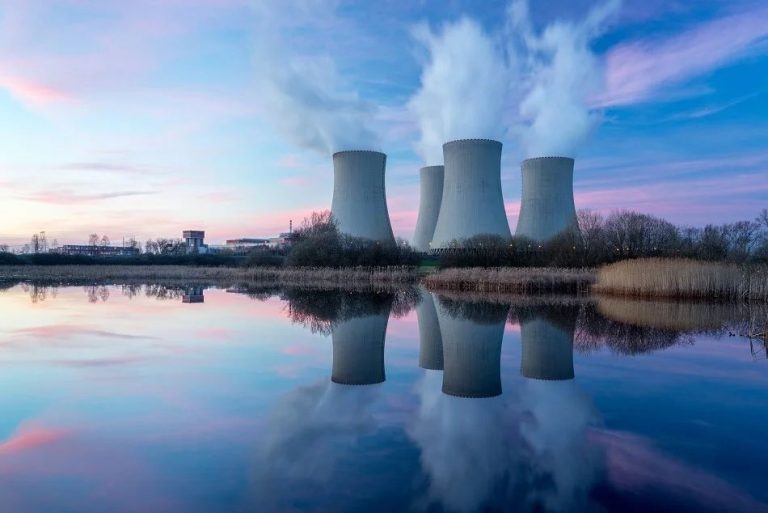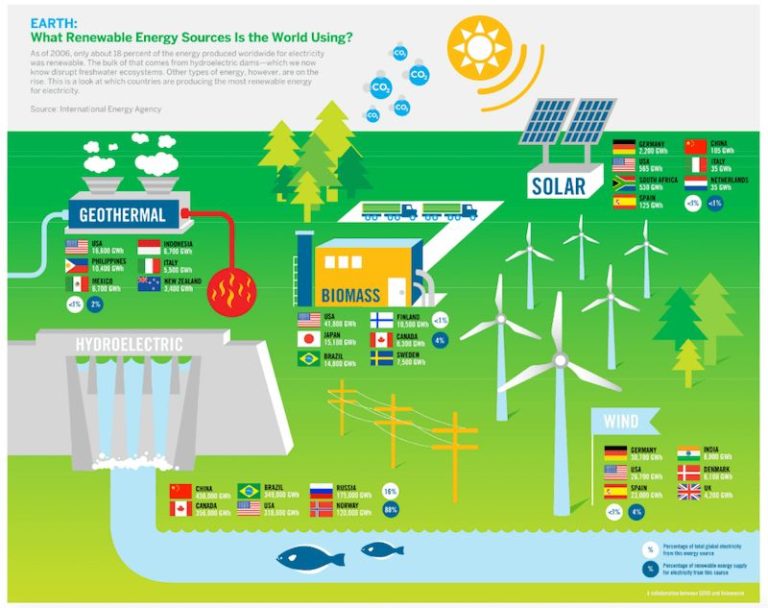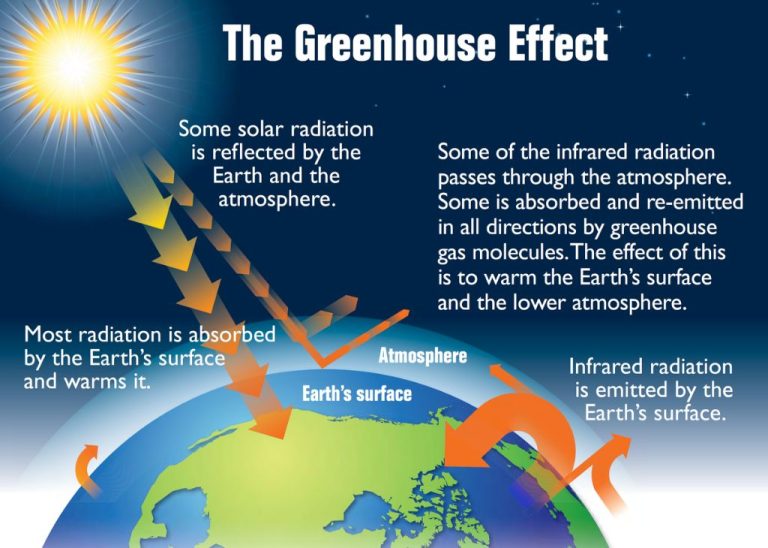Are There Different Ways To Get Power?
Power generation is essential for modern life. Access to electricity allows us to light and heat our homes, power appliances, charge devices, run factories, and much more. Having reliable, affordable energy helps fuel economic growth and raise standards of living.
As the global population increases and more countries industrialize, world energy consumption continues to rise. At the same time, there is a need to transition to cleaner sources of energy to reduce greenhouse gas emissions and mitigate climate change.
This article will provide an overview of the different ways we get power in the modern world. Both conventional and renewable energy sources will be covered, looking at how they work, benefits and drawbacks, and outlook for the future.
Fossil Fuels
Fossil fuels like coal, oil and natural gas have been powering human civilization for over a century. These energy sources originate from the remains of ancient plants and organisms that decomposed over millions of years. Fossil fuels are called “non-renewable” because their supplies are limited and cannot be replenished in a human lifespan.
Coal has a long history as a source of energy, with archaeological evidence showing it was used in China as early as 4000 BC. The rise of the Industrial Revolution in the 18th and 19th centuries greatly increased demand for coal to power steam engines. Today, coal continues to be a major global electricity source, providing about 37% of the world’s power.
Petroleum, crude oil and natural gas also became major energy sources in the 19th and 20th centuries. Oil and gas now fuel the transportation sector – including cars, trucks, ships and planes. They also go into making plastics, chemicals, clothing and other everyday items. The world currently depends on oil and gas for about 60% of its energy needs.
While fossil fuels have enabled modern life, burning them emits greenhouse gases like carbon dioxide that trap heat and cause global warming. Coal plants are major air polluters, emitting toxins like sulfur dioxide, nitrogen oxides and particulate matter. Extracting and transporting fossil fuels can also damage land and oceans. Many experts say renewable energy is needed to prevent the worst climate change impacts.
Nuclear
Nuclear power plants utilize the heat generated from nuclear fission in a contained environment to convert water to steam and power turbines. The fission process involves splitting uranium atoms, which releases a large amount of energy in the form of heat and radiation.
The most common nuclear reactor design involves the use of moderated reactors, where neutrons produced from fission are slowed down by water or graphite to sustain the fission chain reaction. Control rods made of boron or cadmium are used to regulate the rate of fission. The heat generated from fission is used to boil water into steam that spins a turbine to generate electricity.
Some of the major countries that rely heavily on nuclear power include France, United States, China, Russia, and South Korea. Nuclear energy accounts for over 70% of France’s electricity production. In 2020, nuclear power accounted for about 20% of total U.S. electricity generation.
There are safety concerns related to nuclear accidents and handling of radioactive waste. Proper plant operation and containment procedures are critical to prevent reactor core damage. While historical major nuclear accidents like Chernobyl have contaminated the surrounding areas, the effects of radiation leaks from nuclear plants are generally localized compared to other power sources. The nuclear industry also generates radioactive waste that requires proper long-term disposal.
Overall, nuclear fission provides a stable and emissions-free source of electricity. With technological improvements in safety and waste management, nuclear power can serve as an important component in clean energy production globally.
Hydroelectric
Hydroelectric power comes from capturing the energy of moving water and turning it into electricity. Hydroelectric plants are built around dams on rivers to control and use the flow of water. There are three main types of hydroelectric facilities:
- Dams – A dam is constructed across a large river to create a reservoir. Water in the reservoir has potential energy from being at a higher elevation. When water is released from the reservoir, it flows through turbines to generate electricity. Large hydroelectric dams provide reliable power but can impact river ecosystems.
- Run-of-river – These facilities channel a portion of a river’s water through a canal to spin turbines. Run-of-river systems do not require large dams or reservoirs, reducing environmental impacts.
- Pumped storage – During times of low electricity demand, excess power can be used to pump water uphill into a reservoir. Then when demand rises, the water is released downhill through turbines. This allows energy storage.
The availability of flowing water makes hydroelectricity well-suited to mountainous areas and countries with major rivers like Canada, Brazil, and Norway. However, dams can disrupt river ecosystems and require resettling populations living in flooded areas. Careful facility design is needed to minimize environmental impacts.
Wind
Wind power harnesses the kinetic energy of moving air to generate electricity using wind turbines. Wind turbines convert wind’s kinetic energy into rotational energy to spin a generator and produce power. There are two main types of wind turbines used today – onshore and offshore.
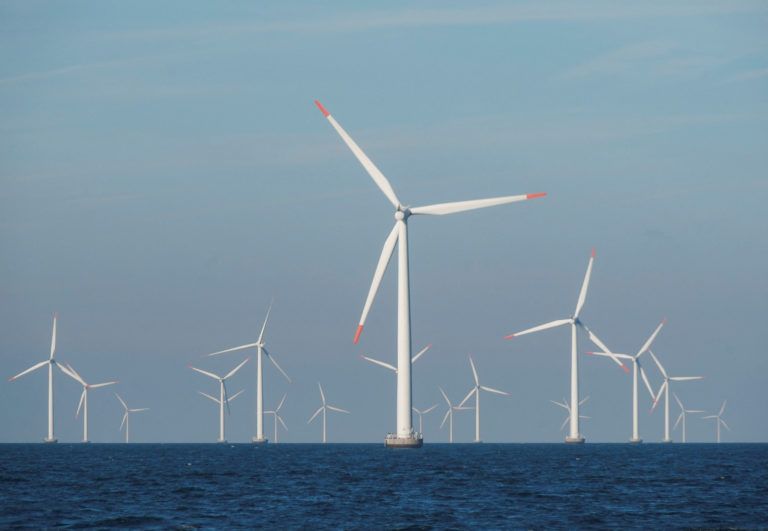
Onshore wind turbines are located on land and are typically less expensive to install and maintain than offshore turbines. However, onshore wind is limited by land availability and regulations around noise and viewshed impacts. Offshore wind turbines are installed in bodies of water and can access stronger, more consistent winds, but they are more complex and costly to build and maintain.
A key challenge with wind power is its intermittent nature. Wind speeds fluctuate naturally and don’t perfectly align with electricity demand patterns. This requires grid operators to balance the variability using demand response, energy storage, or power from other sources. Geographic diversity across large wind farms can help smooth out some variability.
Global wind power capacity reached over 720 gigawatts in 2020. Capacity is projected to grow rapidly, with nearly 1,400 gigawatts expected by 2027. Europe and Asia lead in total wind installations, while growth in the U.S. has been more recent. Offshore wind is a fast-growing segment, led by China and Europe, with great potential along U.S. coastlines.
Solar
Solar power harnesses energy from the sun and converts it into electricity. The two main types of solar energy technologies are photovoltaic panels and concentrated solar plants.
Photovoltaic (PV) panels use semiconducting materials to convert sunlight directly into electrical current. PV panels are commonly installed on rooftops, but large solar farms can also generate utility-scale electricity. The cost of solar PV has dropped dramatically in the past decade, making it competitive with fossil fuels in many regions.
Concentrated solar power (CSP) plants use mirrors to concentrate sunlight and generate high temperatures to drive traditional steam turbines. CSP allows energy to be stored thermally, providing electricity when the sun isn’t shining. Large CSP facilities are being built around the world, but the technology is currently less widespread than solar PV.
Solar energy offers a clean, renewable source of electricity that produces no carbon emissions. However, it provides intermittent power that depends on sunny weather and daytime hours. Improved energy storage solutions can help mitigate solar’s intermittency issues.
Thanks to rapidly falling costs, solar capacity is expanding significantly. Solar energy has great potential for further growth globally, aided by supportive government policies and advances that increase efficiency and lower costs. With both large-scale plants and distributed rooftop panels, solar can play a major role in the renewable energy mix of the future.
Geothermal
Geothermal energy taps into the natural heat from the earth’s core to generate electricity. This heat can be accessed by drilling wells into areas with underground reservoirs of steam and hot water, such as geysers and hot springs. The steam and hot water that are brought to the surface can drive turbines to produce electricity. Geothermal plants typically have low emissions because the energy source is already under the ground.
The western United States, Alaska, Hawaii, and parts of the Caribbean have ample geothermal resources for electricity production. Countries like Iceland and New Zealand also use geothermal energy extensively for power, taking advantage of their location near tectonic plate boundaries. In 2019, geothermal energy accounted for about 17 gigawatts of global electricity generation capacity. With advanced technologies, there is potential for geothermal to supply much greater amounts of energy. However, it can only be implemented in suitable geographic locations.
Bioenergy
Bioenergy refers to renewable energy derived from organic matter, known as biomass. The two main types of bioenergy are:
- Biomass: Burning wood, crops, waste, and other organic materials to produce heat and electricity.
- Biogas: Capturing and burning methane gas from landfills, manure, and organic waste to generate power.
Bioenergy is considered carbon neutral because the carbon dioxide released when biomass is burned is balanced by the carbon dioxide absorbed as new biomass grows. This makes bioenergy an attractive renewable energy source.
Common biomass feedstocks used for energy include:
- Agricultural residues like corn stalks and sugarcane bagasse
- Forestry products like wood chips and sawmill waste
- Food, yard, and animal waste
- Purpose-grown crops like switchgrass and fast growing trees
These feedstocks can be directly burned to produce heat or converted into solid, liquid, and gaseous fuels through processes like pyrolysis and gasification. Biomass can also be co-fired with coal at existing power plants to reduce emissions.
Overall, bioenergy provides a renewable, carbon-neutral way to meet energy needs using organic materials that would otherwise go to waste. With sustainable practices, it can serve as one part of a diverse energy mix.
Ocean Energy
The oceans contain vast amounts of energy that can be harnessed for electricity generation. There are several ways this can be achieved, including tidal power, wave power, and ocean thermal energy conversion (OTEC).
Tidal Power
Tidal power utilizes the rise and fall of ocean tides to generate electricity. Tidal barrages are essentially dams built across tidal basins that trap water at high tide, and then release it through turbines to generate electricity as the tide goes out. Tidal stream generators are underwater turbines that harness the kinetic energy of tidal currents. Tidal power holds great potential, but high capital costs have limited deployments so far.
Wave Power
Wave energy converters capture the kinetic energy of ocean surface waves and convert it into electricity. There are several types of technologies, including oscillating water columns, point absorbers, and overtopping devices. Wave power potential is very high, but the technologies are less mature compared to other renewables. However, ongoing R&D aims to improve efficiency and reduce costs.
Ocean Thermal Energy Conversion (OTEC)
OTEC utilizes the temperature difference between warm surface seawater and cold deep seawater to generate electricity. Warm surface water is used to vaporize a working fluid, which drives a turbine generator. Cold deep seawater then condenses the fluid back into a liquid. OTEC has major potential in tropical regions, but technical challenges around heat exchangers and pipes remain.
Overall, ocean energy technologies have substantial potential but are still emerging. Continued innovation and investment could enable them to tap into the oceans’ vast renewable energy resources.
Conclusion
There are many different ways to generate power in the modern world. We have come a long way from solely relying on fossil fuels like oil and coal. Now there are a range of renewable and clean energy solutions available, from solar and wind to geothermal, hydroelectric and ocean energy. Each method has its own advantages and downsides in terms of costs, reliability, environmental impact and more.
As we look to the future, the outlook is bright for a more diversified energy mix that takes advantage of what each region has to offer in terms of natural resources. The range of options now available means countries don’t have to rely on just one or two limited sources. By utilizing a variety of power generation methods, we can work towards a cleaner, more sustainable energy supply while meeting the world’s growing power demands. The conclusion is that while fossil fuels got us to where we are today, the future will likely contain a diverse blend of both traditional and renewable energy sources.

